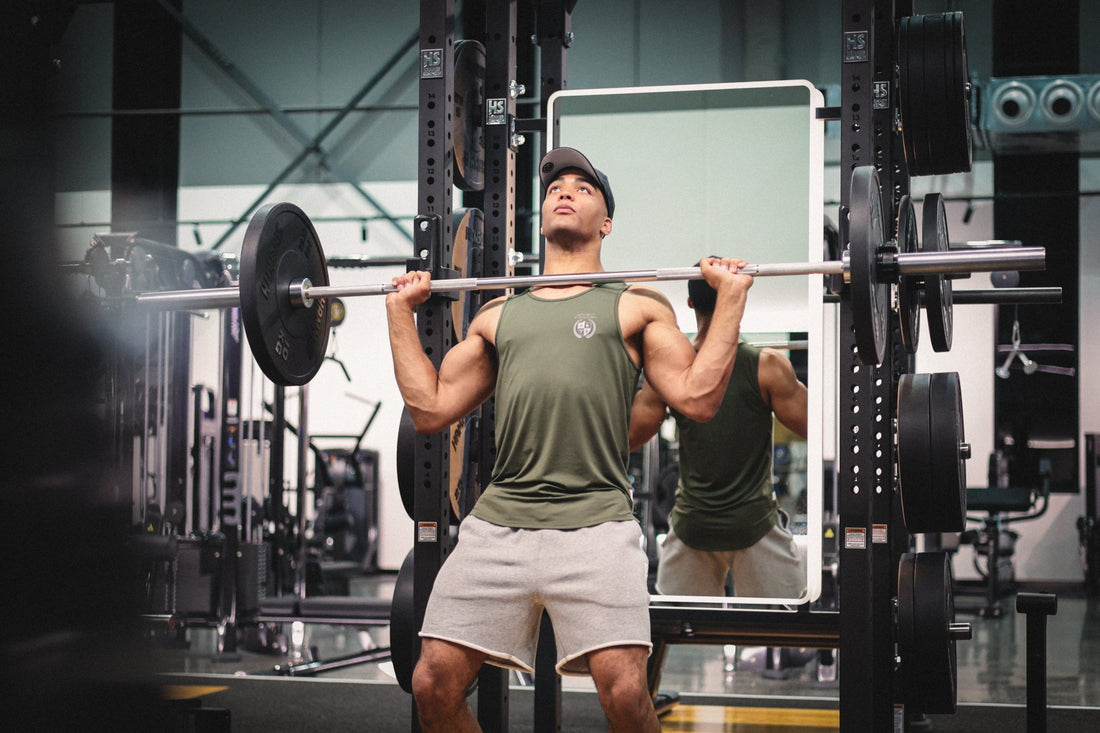I’ll never forget one summer run along the Northern Beaches — 28 degrees, blazing sun, and me stuck in a heavy cotton tee. By the 5K mark, it felt like I was dragging a wet towel. That was the day I swore off cotton for training.
Moisture-wicking fabrics changed everything. They don’t just dry fast — they actively pull sweat away from your body so you stay lighter, cooler, and ready to keep moving.
Why Moisture-Wicking Matters for Athletes
If you’ve ever trained in the heat, you’ll know the difference straight away. Moisture-wicking fabrics stop you from overheating, reduce chafing, and help you train harder for longer.
Last week during a 10K tempo run, my Agility Logo Tee stayed light the whole way through. No clinging, no dragging me down — just me and the road.
What Fabrics Are Actually Moisture-Wicking?
Not all fabrics perform the same. Here’s what athletes actually use:
-
Polyester blends → the most common in performance gear (used in Agility Apparel tees and singlets).
-
Synthetic blends → versatile, durable, and engineered for fast-drying performance.
-
Merino wool → naturally breathable, often used for running gear in cooler climates.
-
Nylon → light, strong, and excellent for sweat management.
-
Cotton → comfortable but holds moisture — not great for hot weather training.
Moisture-Wicking vs Cotton: What’s the Difference?
| Feature | Regular Cotton | Moisture-Wicking Fabrics |
|---|---|---|
| Absorption | Holds onto sweat | Pulls sweat off your skin |
| Drying Time | Slow | Fast |
| Comfort in Heat | Heavy, sticky | Light, breathable |
| Best Use | Casual wear | Training, running, hot weather workouts |
👉 If you’ve ever searched “moisture-wicking vs cotton” — this is the truth athletes live by. 💡
Best Moisture-Wicking Shirts for Athletes in Australia
From gym sessions to summer runs, here’s what stands out in my kit:
-
Black Logo Tee → polyester–cotton blend with moisture absorption and UPF40+ sun protection.
-
Momentum Singlet → lightweight scallop hem, built for explosive training and running.
-
Performance Caps → breathable and sweat-wicking, perfect for Aussie summers.
These pieces aren’t just about comfort — they’re designed for athletes training in hot weather.
FAQs: Moisture-Wicking Gear
Q: Are moisture-wicking shirts good for hot weather?
Yes — they keep you cooler by moving sweat away and drying faster than cotton.
Q: What’s the best moisture-wicking fabric?
Polyester and synthetic blends are the go-to for most athletes. Merino wool is a great natural option for cooler climates.
Q: Can I wear moisture-wicking shirts casually?
Absolutely — they’re designed for training, but because they dry so fast, they’re perfect for everyday wear too.
Wrap-Up: Train Smarter in the Heat
Training in the Australian climate means you need gear that works as hard as you do. Moisture-wicking fabrics let you push limits without the distraction of heavy, sweat-soaked gear.
Check out our performance collection and feel the difference for yourself.
